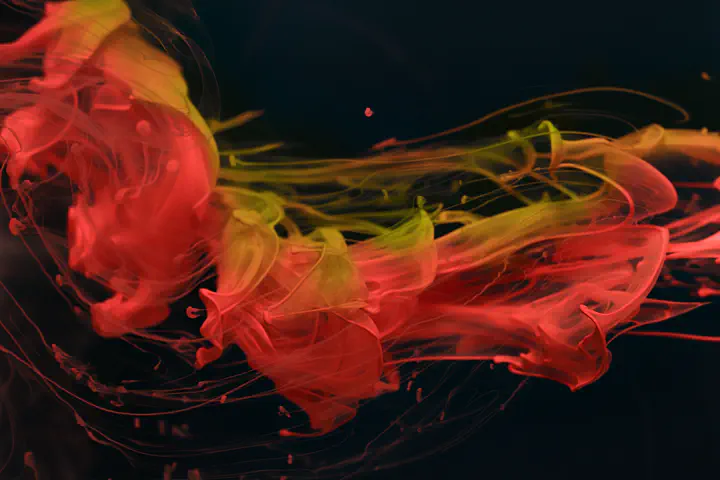Individual innovation and creativity: An interdisciplinary mapping of creative cognition
 Image credit: Photo by FLY:D on Unsplash
Image credit: Photo by FLY:D on UnsplashAbstract
This chapter presents an interdisciplinary scoping review examining overlaps and differences in the way innovation and creativity is conceived and studied in the respective fields of innovation management and human experimental psychology research. The review mapped selected studies against five pre-existing higher-order categories of creative behaviour antecedents: topos (physical/virtual space), demos (demographic characteristics), logos (pre-existing abilities and personality traits), pathos (emotions), and ethos (values and motives) and identified an additional sixth dimension: praxis (actions, habits, and behaviours). We conclude the review by comparing antecedents of creative performance in these two fields. Notably, we found that user innovation research characterises and seeks out individual creativity as a self-initiated, deliberate, and independent endeavour in personal contexts. Experimental psychology research, by contrast, often studies creativity using activities that are initiated by the experimenters rather than the participants in laboratory contexts. Future interdisciplinary research could combine efforts to better understand basic cognitive processes at play in creative cognition with an understanding of its individual-led motivational and environmental drivers in situ or in laboratory environments designed to boost creative potential. Such an effort would manifestly be of great value to managers and policymakers who are poised to understand what needs to be done to unlock employees and citizens’ creative potential and to empower them to innovate.